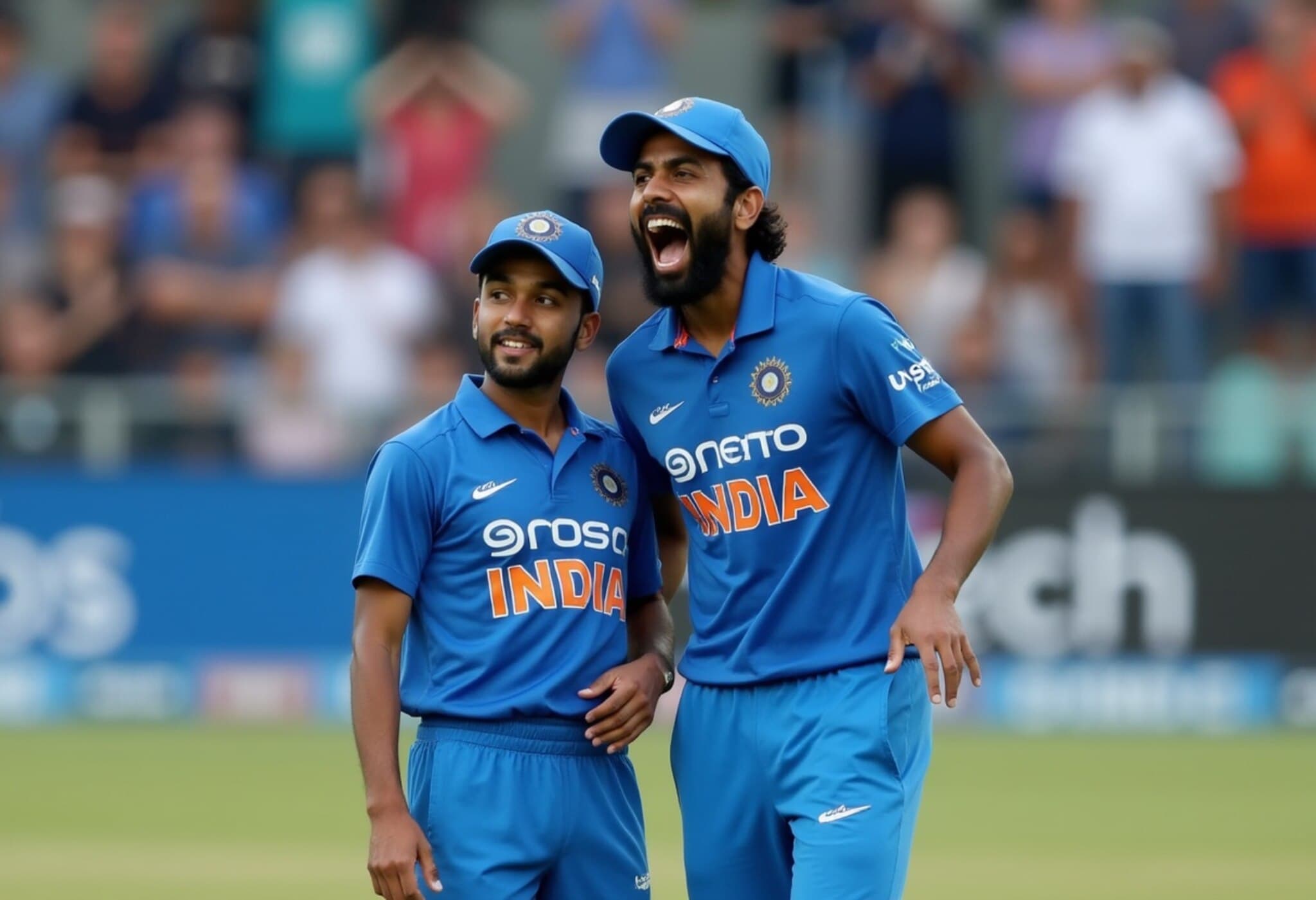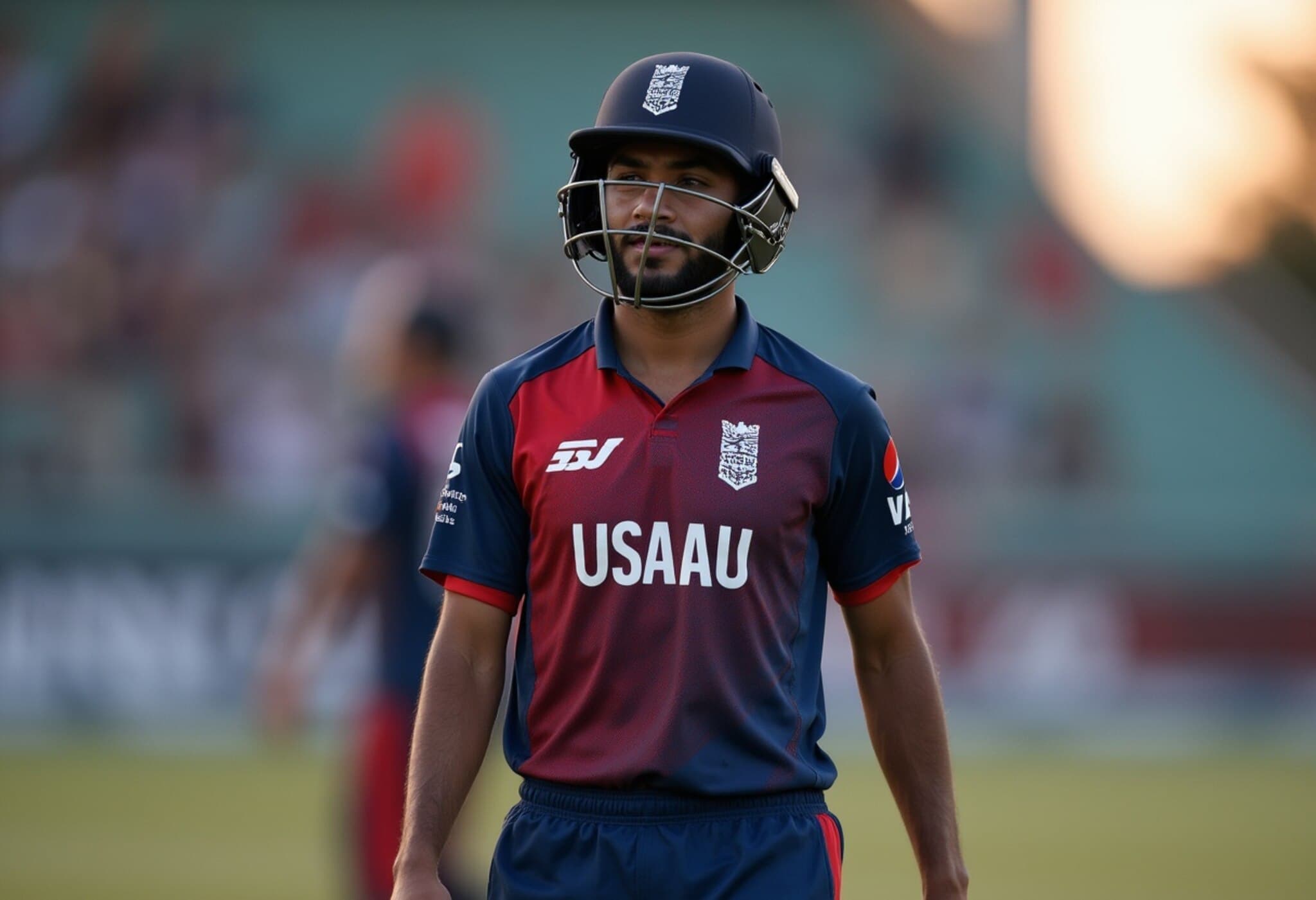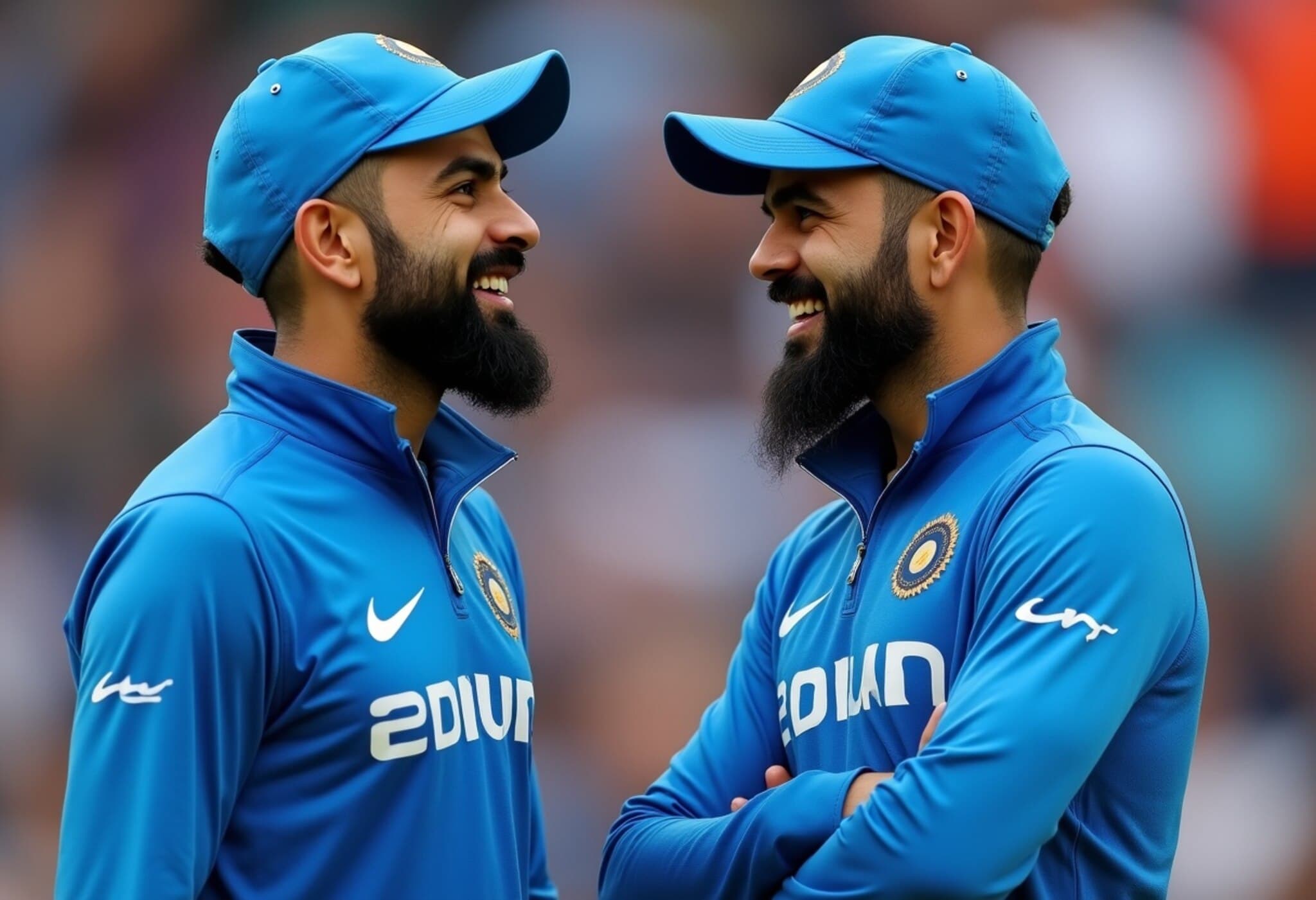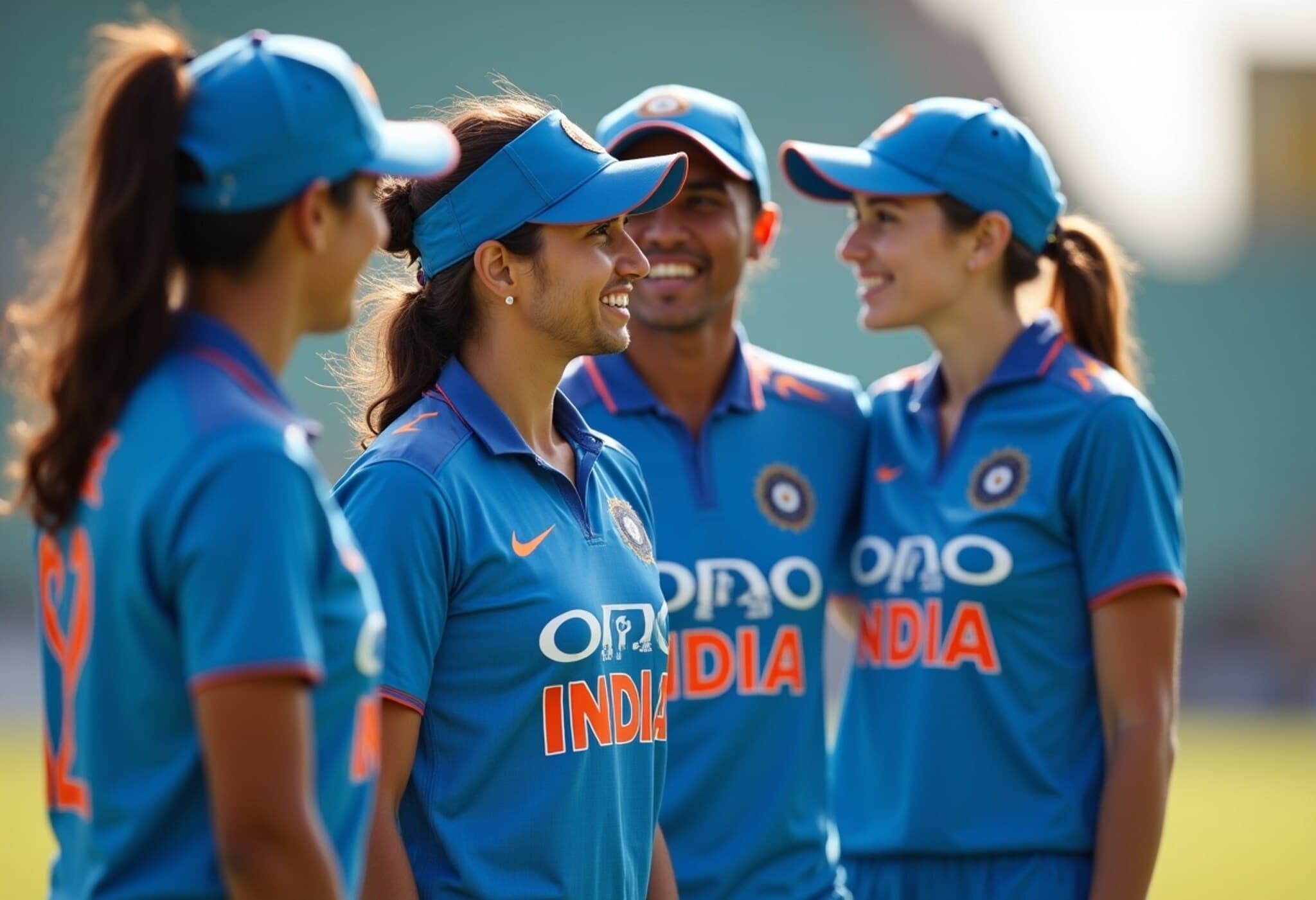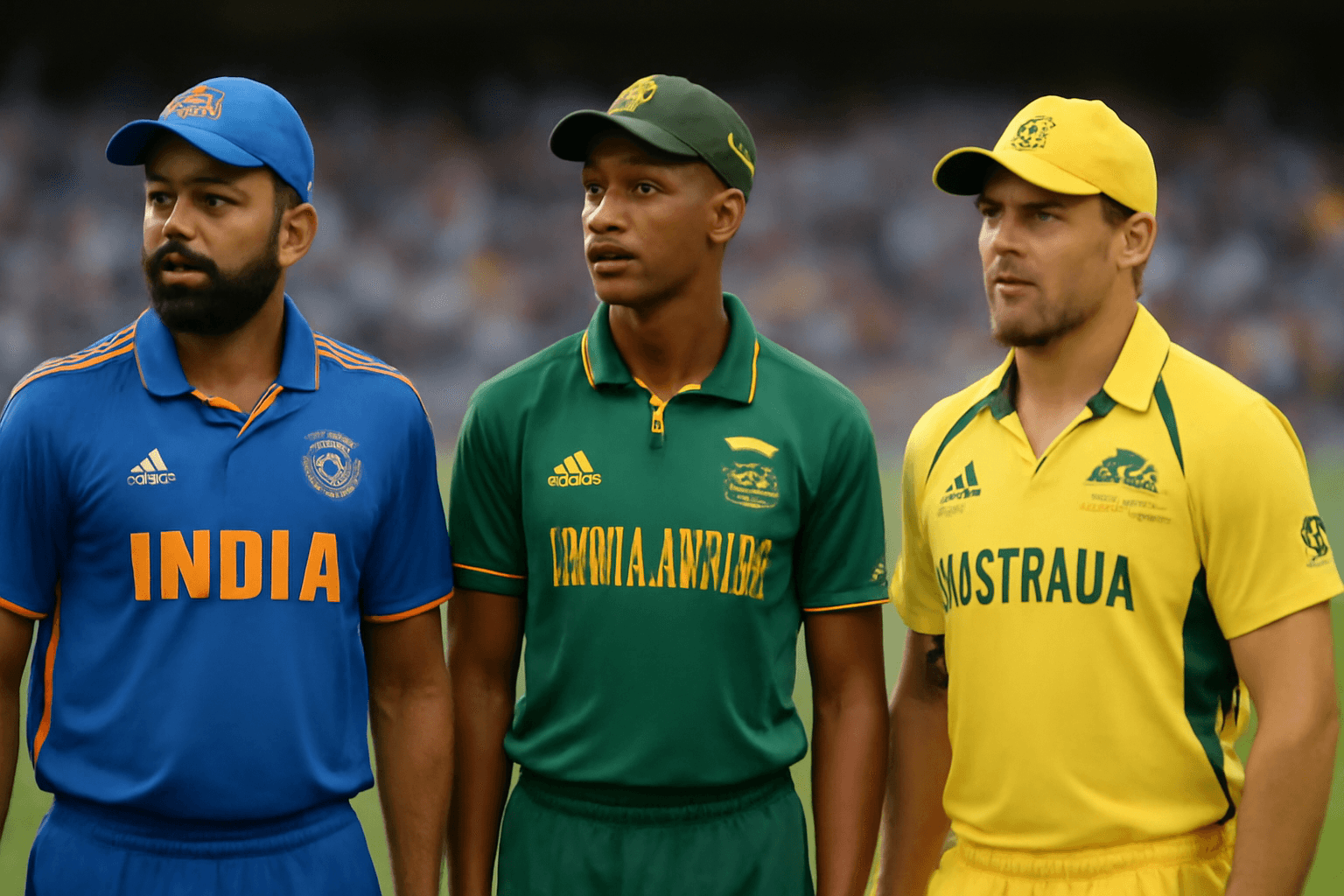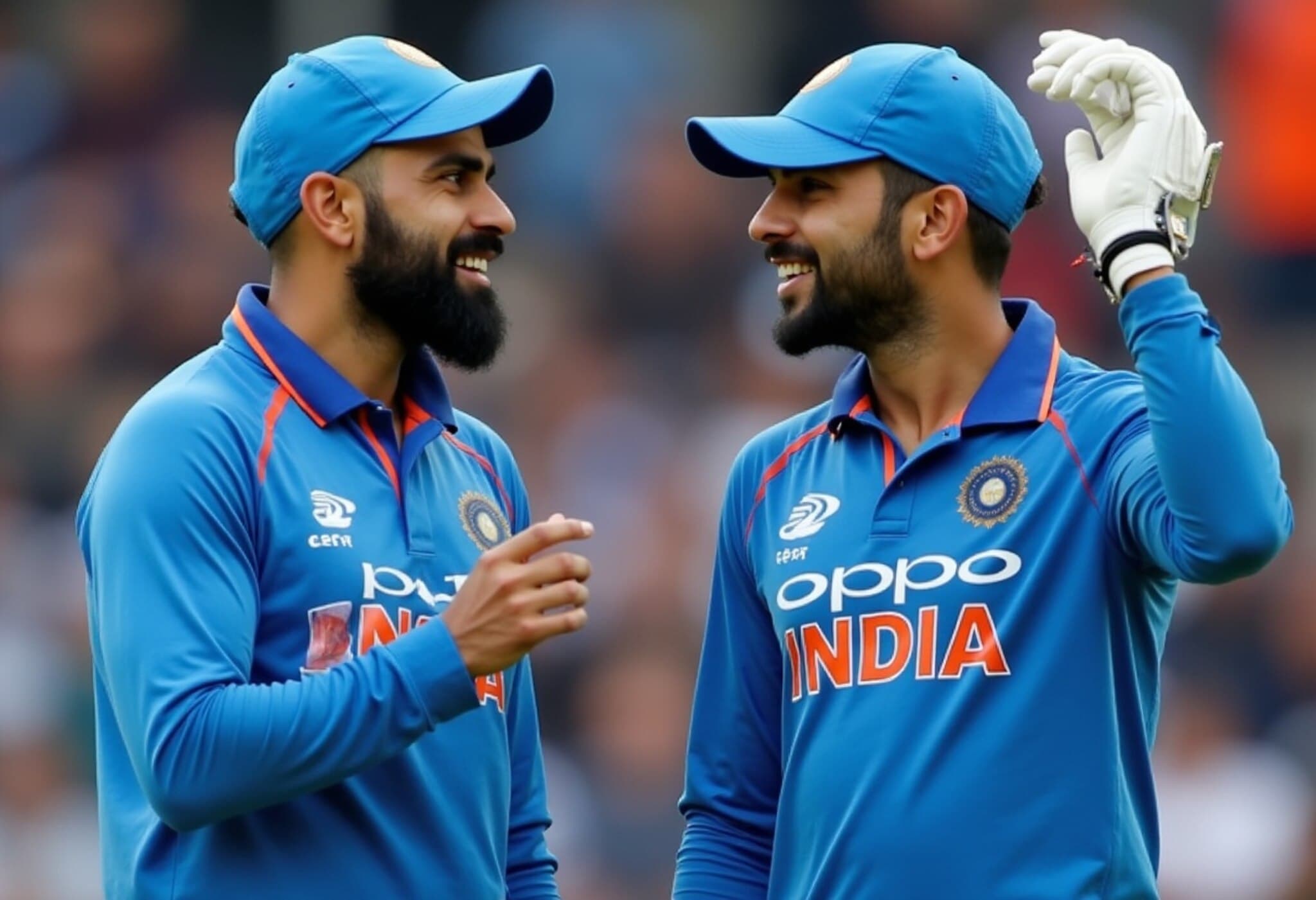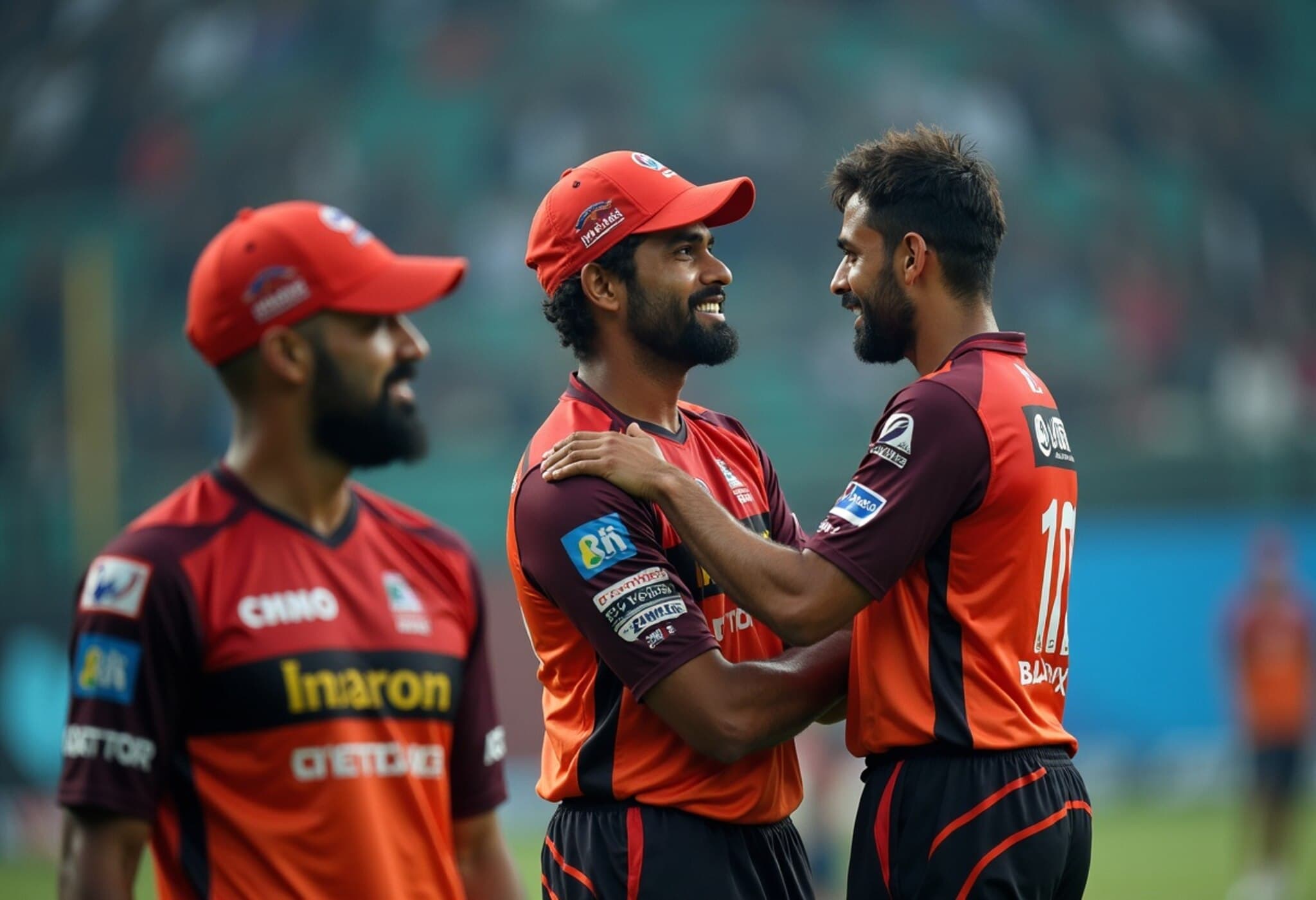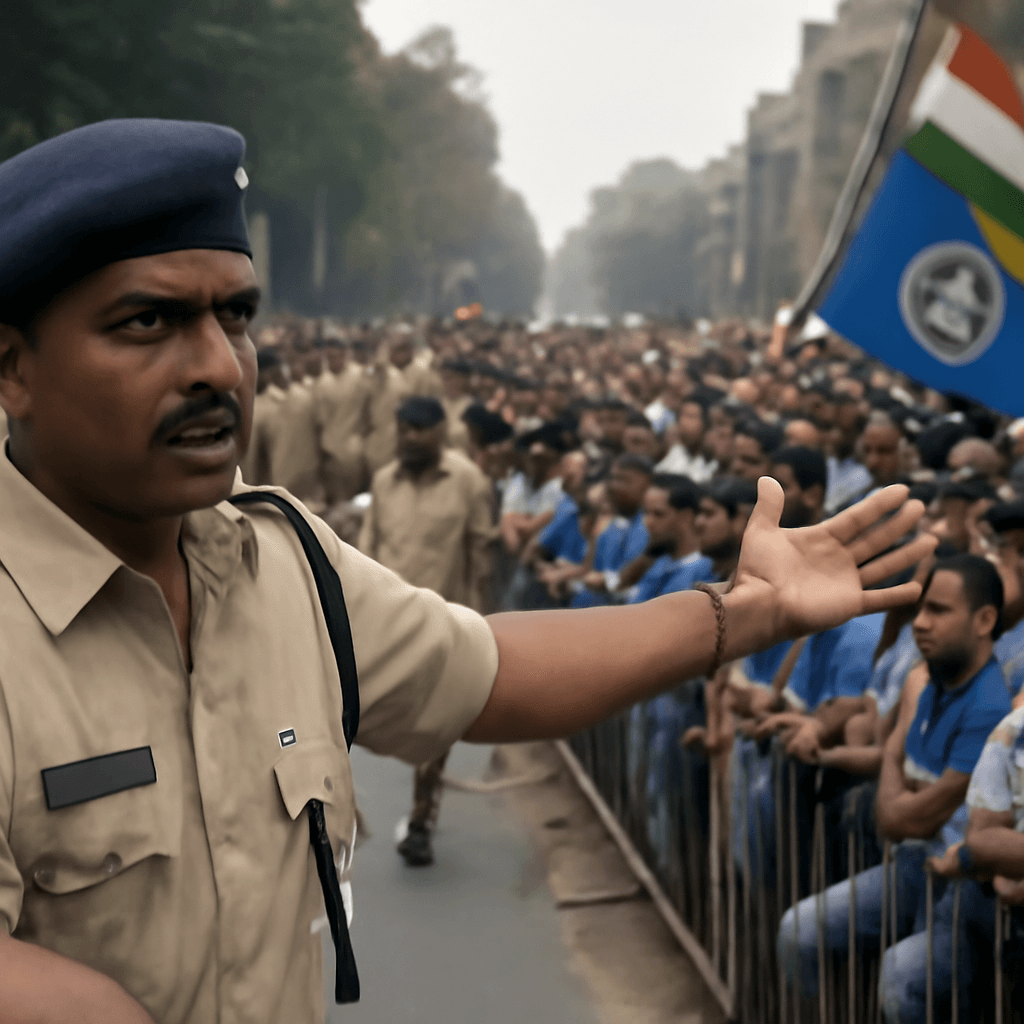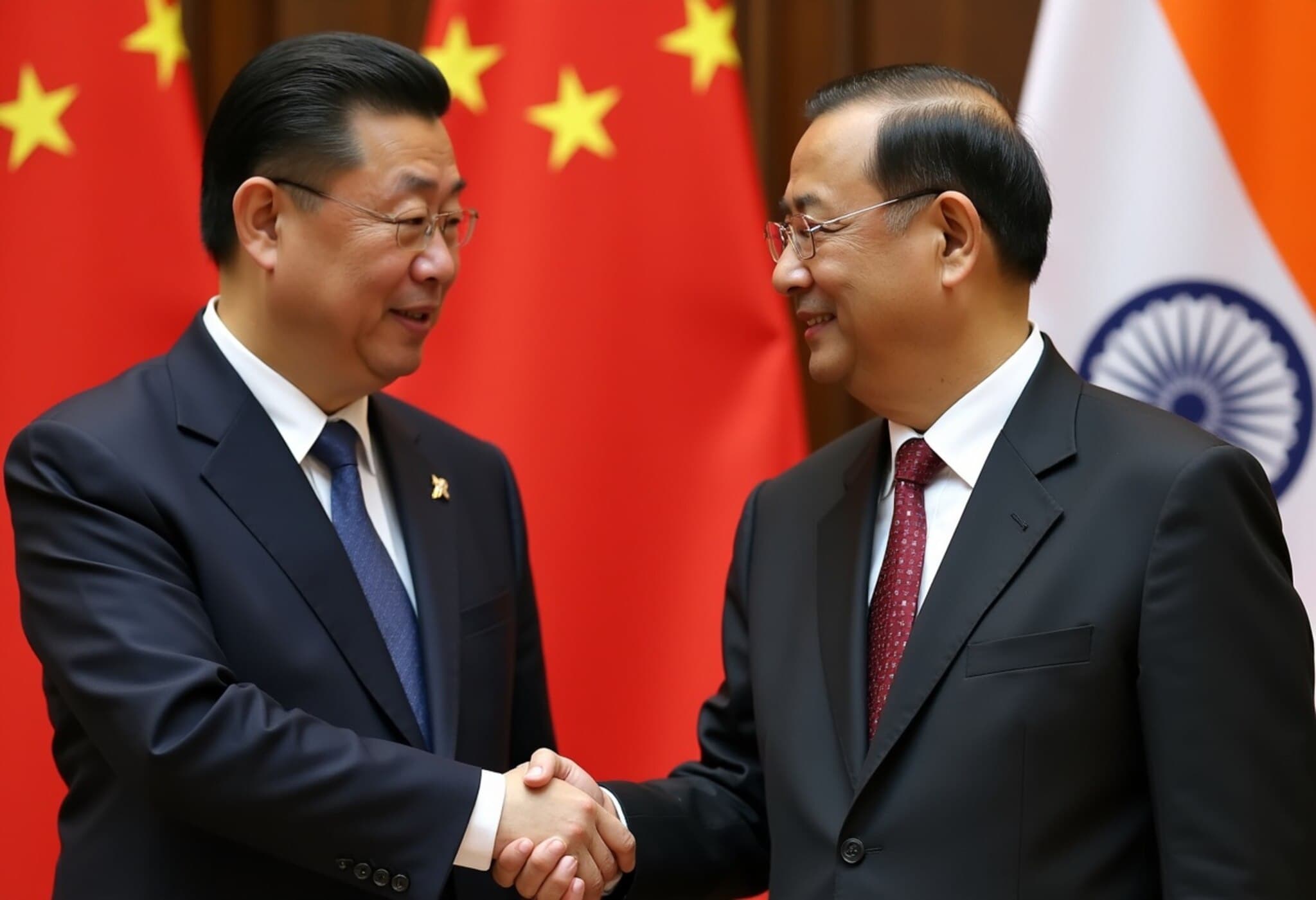Ambati Rayudu Reignites Discussion Over Suryakumar Yadav’s Iconic T20 World Cup Catch
Ambati Rayudu, former India cricketer and commentator, has sparked a fresh wave of conversation regarding one of the most talked-about moments in recent cricket history: Suryakumar Yadav’s match-winning catch during the 2024 ICC T20 World Cup final. This catch not only helped India clinch the prestigious trophy but also left fans and experts debating its legitimacy for months.
The Controversial Catch That Shaped the Final
In a nail-biting finish during the final over against South Africa, with 16 runs needed off the last six balls, Suryakumar Yadav performed a spectacular juggling catch at long-off off Hardik Pandya's bowling. What made the moment extraordinary — and contentious — was Yadav’s precise timing in releasing and then reeling in the ball while treading close to the boundary line. Many fans dissected the catch repeatedly, questioning whether Yadav had touched the boundary rope or if the catch was clean.
Replay angles and social media analyses gave rise to multiple theories, yet no decisive proof ever emerged to condemn or affirm the catch’s legality definitively.
Rayudu’s Revelations: Broader Boundary Than Expected?
On the popular Unfiltered Podcast with Shubhankar Mishra, Rayudu disclosed an intriguing backstage detail: the boundary rope at the final had been pushed back to accommodate broadcast equipment such as chairs and screens for the world feed commentators. He suggested this adjustment was never corrected before play resumed, effectively enlarging the playing area.
“There were world feed commentators. During the break, they usually put a chair and a screen there for broadcasters. That’s why the rope was pushed back a little. But after the screen and chair were removed, it was left that way. The boundary ended up being a bit bigger for us. We could see it clearly from above. It was God’s plan,” Rayudu remarked.
This insight casts the catch in a new light — if the rope had been in its usual position, the ball might have been a six, or Yadav might have stepped beyond the boundary, thus invalidating the catch. The suggestion that broadcast logistics inadvertently altered the playing field raises important questions about stadium management and fairness in critical moments.
Fan Reactions and Unanswered Questions
As expected, Rayudu’s comments ignited a mixed response on social media. Some fans accuse him of subtly undermining India’s victory, while others appreciate the transparency and want the cricketing community to address such logistical oversights.
- Could boundary modifications during high-pressure matches unintentionally affect outcomes?
- Should tournament officials ensure stricter control and restoration of boundary lines after technical adjustments?
- What protocols exist currently to verify the pitch and boundary conditions remain unchanged throughout matches?
Adding to the discourse, when questioned about the catch’s legality earlier, Suryakumar Yadav responded with his characteristic wit: “I don’t know if it was a six in natural circumstances. If the rope had been at its normal position, maybe I would have run from inside.” His humility and lightheartedness defuse the gravity but also highlight the lingering uncertainty.
Contextual Insight: The Bigger Picture in Cricket and Broadcast Coordination
This incident shines a spotlight on the often-overlooked intersection of sports broadcasting logistics and game integrity. In major international tournaments hosted worldwide, multiple stakeholders—including broadcasters, venue management, and cricket boards—operate simultaneously. Even small changes, such as moving ropes or screens, can inadvertently affect the playing conditions.
From a policy standpoint, governing bodies like the ICC might need to enforce stricter guidelines and real-time verification protocols to ensure boundary lines and field setup remain intact during breaks. Transparent communications between technical teams and officials could prevent similar controversies in future tournaments.
Economically and culturally, cricket is growing rapidly as a global entertainment sport. Iconic moments like Yadav’s catch are celebrated worldwide, yet they also remind us of the fragility of fairness in sports when human error or technical adjustments intervene.
Final Thoughts
Ambati Rayudu's comments, far from merely stirring controversy, help deepen our understanding of the complexities behind seemingly straightforward moments in sports. They underscore the importance of rigorous standards to preserve not only the letter but also the spirit of fair competition.
Editor’s Note:
While celebrations of cricketing brilliance are deserved, moments like these invite us to reflect on the often unseen factors shaping the game’s outcomes. As cricket continues to captivate billions, is it time for more robust protocols to govern the interplay between broadcasting arrangements and match integrity? This debate reminds us that behind every historic catch lies a web of technical and human elements deserving closer scrutiny.

